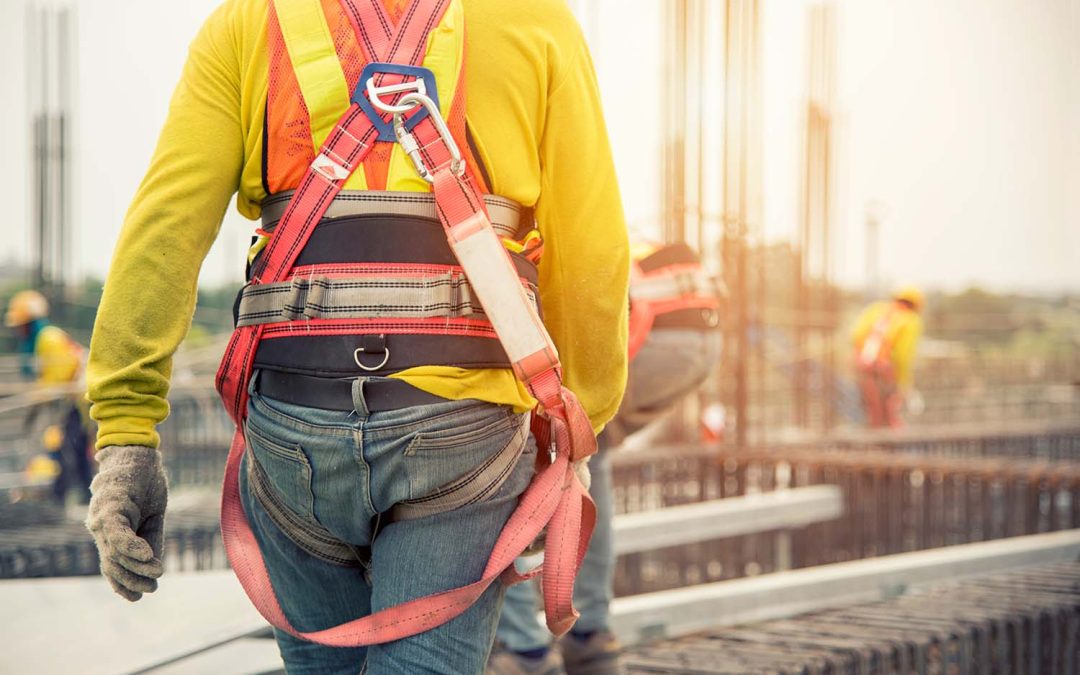Scaffolds are essential tools in the construction industry, providing temporary platforms for workers to perform tasks at elevated heights. However, working on scaffolds can be hazardous if proper safety precautions are not followed. This article highlights essential scaffold safety do’s and don’ts to ensure the well-being of workers and prevent accidents. By adhering to these guidelines, employers and employees can create a safer work environment, reduce the risk of falls, and promote overall construction site safety.
Scaffold Safety DO’S:
- Regular Inspections: Performing thorough inspections before each use is crucial to identify any defects or damage. Ensure that the scaffold is in good condition, with all components securely in place. Look for signs of corrosion, cracks, bent frames, or loose connections. If any issues are discovered, report them immediately to the supervisor or competent person responsible for scaffold maintenance.
- Qualified Personnel: Only qualified and trained individuals should be involved in the assembly, dismantling, and working on scaffolds. Proper training ensures they have the necessary knowledge and skills to handle scaffolds safely. Additionally, supervisors should oversee scaffold activities to ensure compliance with safety protocols.
- Follow Manufacturer’s Instructions: Adhere to the manufacturer’s instructions and recommendations for erecting, using, and dismantling the scaffold. These guidelines provide specific details on proper assembly, weight limits, and safe working practices. Deviating from the manufacturer’s instructions can compromise scaffold stability and put workers at risk.
- Secure and Stable Setup: Before work begins, ensure the scaffold is properly secured and stable. This includes anchoring the scaffold to prevent tipping or collapsing. Use base plates, levellers, or screw jacks to provide a solid foundation. Regularly check for any movement or instability during use, and address it immediately.
- Personal Protective Equipment (PPE): Provide and enforce the use of appropriate PPE for all workers on the scaffold. This includes hard hats, safety harnesses, non-slip footwear, and high-visibility clothing. PPE acts as a vital layer of protection, minimizing the severity of injuries in case of accidents or falls.
- Clear Access and Egress: Maintain clear access and egress points to the scaffold, ensuring unobstructed paths for workers. Keep work areas and platforms clear of tools, materials, or debris that may cause tripping hazards. Clear communication about entry and exit points helps prevent confusion and accidents.
- Guardrails, Toe Boards, and Safety Nets: Install guardrails, toe boards, and safety nets as essential fall prevention measures. Guardrails should be present on all open sides and platforms, approximately 42 inches high, with a mid-rail and toe board. Safety nets provide an additional layer of protection, especially when working at significant heights.
- Regular Inspection and Maintenance: Routine inspections and maintenance are vital to ensure ongoing scaffold safety. Regularly check for signs of wear and tear, including loose connections, damaged planks, or rusted components. Promptly repair or replace any compromised parts to maintain the scaffold’s structural integrity.
- Communication and Coordination: Promote effective communication and coordination among workers, supervisors, and other trades on the construction site. By sharing information and coordinating activities, potential hazards and risks can be identified and addressed promptly.
- Proper Training: Ensure that workers receive comprehensive training on scaffold safety, including the specific type of scaffold they will be working on. Training should cover scaffold assembly, safe work practices, hazard recognition, and emergency procedures. Ongoing training and refresher courses help reinforce good safety habits.
Scaffold Safety DON’TS:
- Overloading the Scaffold: Never exceed the maximum load capacity of the scaffold. Overloading can lead to structural failure, collapsing the scaffold and endangering workers. Pay attention to weight limits and distribute loads evenly across the platform.
- Using Makeshift Modifications: Avoid making makeshift modifications to the scaffold, as they can compromise its stability and integrity. Only use authorized components and accessories provided by the manufacturer.
- Working in Adverse Weather: Do not work on a scaffold during adverse weather conditions such as high winds, heavy rain, or snow. These conditions increase the risk of slips, falls, and instability. When inclement weather is present, suspend scaffold work until conditions improve.
- Moving a Scaffold with Occupants: Never move a scaffold while workers or equipment are still on it. Always ensure that the scaffold is securely anchored and stable before repositioning it. Moving a scaffold with occupants can lead to serious injuries or fatalities.
- Climbing on Cross-Braces or Scaffold Frame: Cross-braces and scaffold frames are not designed to be used as ladders. Climbing on these components poses a significant fall hazard. Always use the designated ladder or staircase for ascending and descending the scaffold.
- Using Damaged or Defective Components: Do not use damaged or defective scaffold components. Regularly inspect the scaffold and its components for any signs of wear, corrosion, or damage. Report any issues to the appropriate personnel and wait for repairs or replacement before using the scaffold.
- Insufficient Securement: Improperly securing the scaffold can lead to tipping or collapse. Ensure that the scaffold is correctly anchored and tied off to prevent movement or instability. Use appropriate anchoring methods specified by the manufacturer.
- Using the Scaffold for Storage: Avoid using the scaffold as a storage area for tools, materials, or equipment. Cluttered platforms increase the risk of trips, falls, and accidents. Maintain a clear and organized work area.
- Unauthorized Access: Only authorized and trained personnel should access the scaffold. Restrict access to prevent unqualified individuals from putting themselves and others at risk.
- Horseplay and Risky Behaviour: Discourage horseplay, reckless behaviour, and shortcuts while working on scaffolds. Such actions can lead to accidents, injuries, and even fatalities. Promote a culture of safety and accountability among workers.
Conclusion
Following scaffold safety do’s and don’ts is essential for preventing accidents, injuries, and fatalities in the construction industry. By prioritizing thorough inspections, proper training, and adherence to safety guidelines, employers can create a safer work environment, protecting the well-being of workers at heights.
Realted Video:

